The scope of application of GPS positioning system is very extensive, high way patrol, there are precious cargo tracking, car alarm, electric vehicle and motorcycle theft, bank escort( money transfer) or others like Gold, dangerous goods transport, vehicle management relates to the enterprise.
Especially in recent years, the development of the logistics industry rapidly, some problems in the industry highlights exposed: orders lost, damaged goods or mistakes, not very good source of car scheduling using another serious phenomenon, this kind of problem can help improve the GPS vehicle positioning system.
The GPS positioning system consists of two parts: GPS positioning terminal and positioning monitoring platform.
- GPS terminal is the front-end equipment of vehicle monitoring and management system, which is installed in all kinds of vehicles.
The electronic map of the monitoring center can display the visual position of the vehicle and monitor and control the vehicle through the wireless network. At the same time, the monitoring center can realize real-time, centralized and intuitive monitoring and dispatch command for the controllable range of operating vehicles
![]()
The GPS positioning system can be implemented by tracking and controlling the vehicle:
- to realize the transparency of the logistics process, the completion of the distribution of goods security, to solve the traditional logistics “goods issued, nothing knows” situation.
- to solve the problem of logistics scheduling and management, keep abreast of the status of each vehicle, the operation level of the logistics enterprise and the ability of vehicle monitoring to be improved.
- personnel management, scheduling more convenient, the whole journey record itinerary, to avoid the bus private, pull private activities, random claims and other phenomena.
The advantages of installing locators are the following:
- real-time positioning, you can always check the vehicle trajectory, although the vehicle was stolen, you can return the vehicle through the track.
- compared to the old version of the car anti-theft device, the current GPS locator can monitor the vehicle through mobile intelligent monitoring, is undoubtedly a qualitative leap in the GPS industry.
- after the car was stolen, you can use the mobile phone or computer platform for vehicle oil, electricity, Anti-theft plus monitoring, open the smart car life.
- of enterprises to reduce more spending and more conducive to the management company, often a handful of employees often carts, fiddling expenses led to the enterprise unnecessary expenses, but also can be a positive assessment of the staff of the company, to speak.
source : http://www.joint-tracking.com/newsInfo-410-13.html
https://www.novatel.com/focus-pages/what-are-gps-systems-used-for/







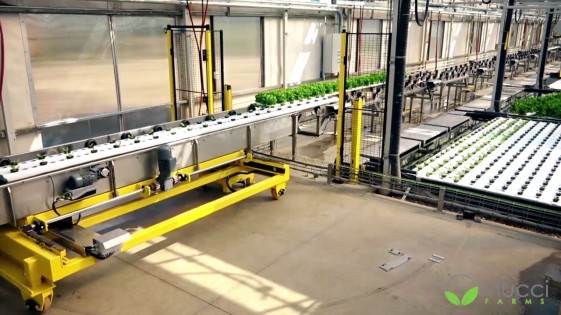




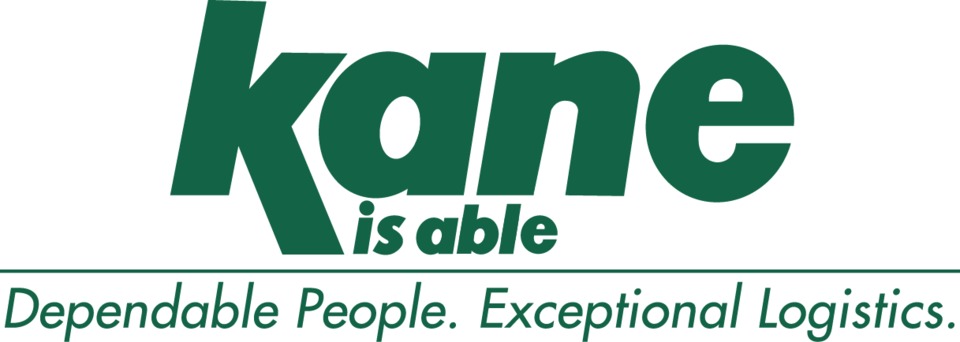


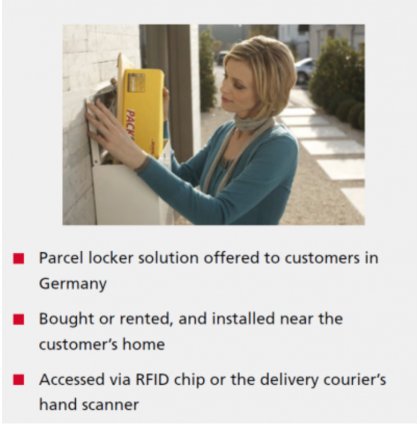












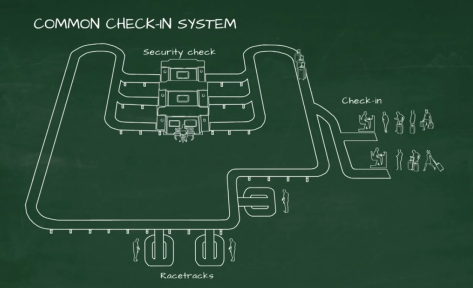



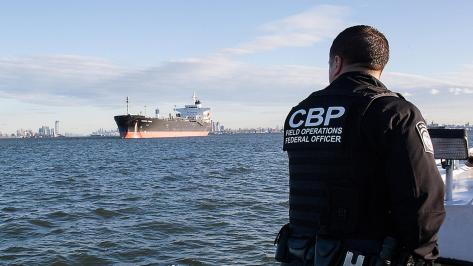



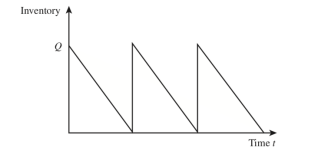
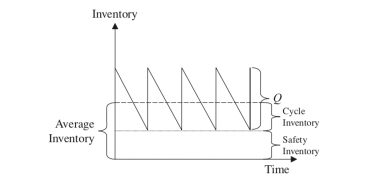





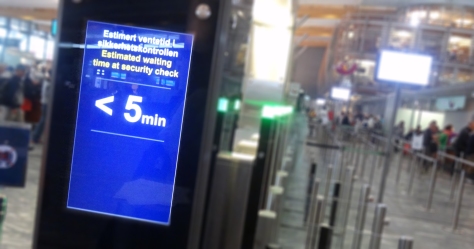
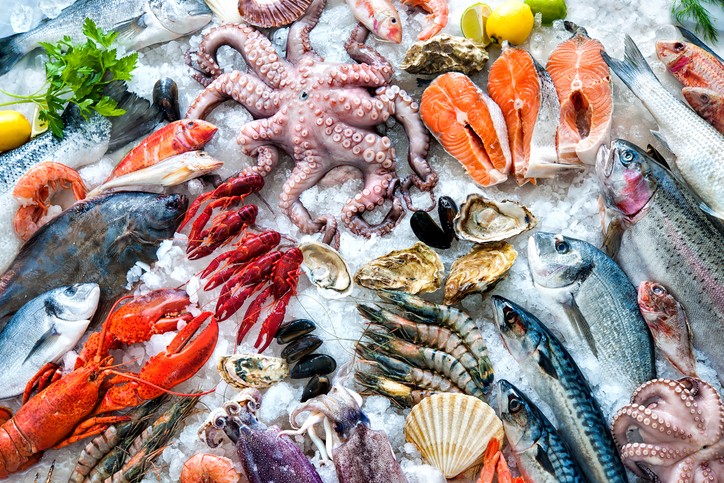
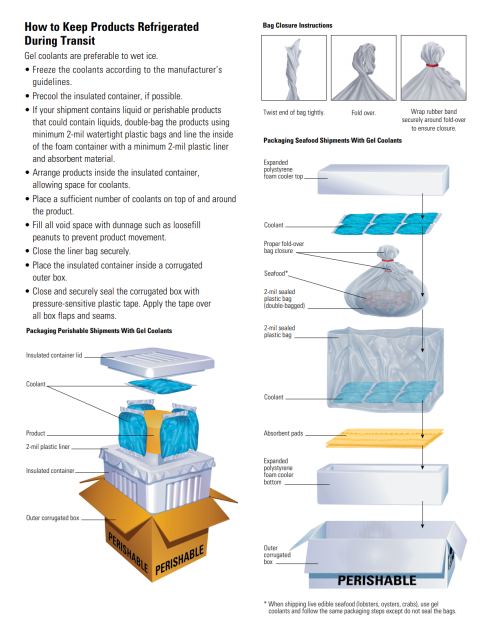



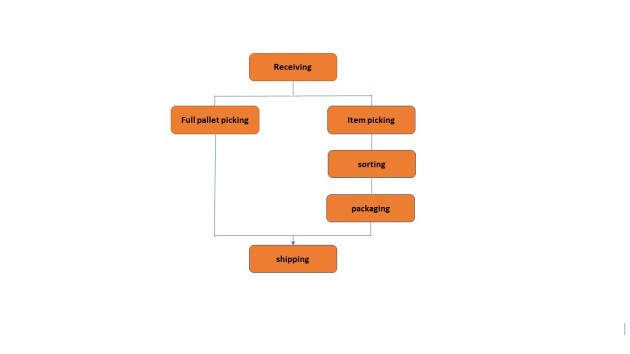
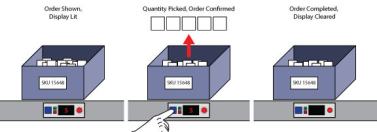




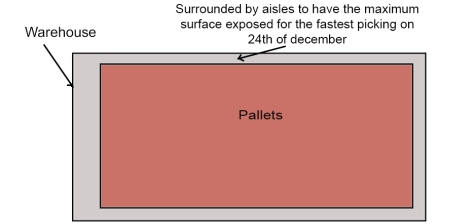


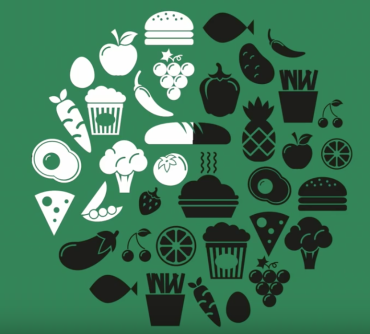








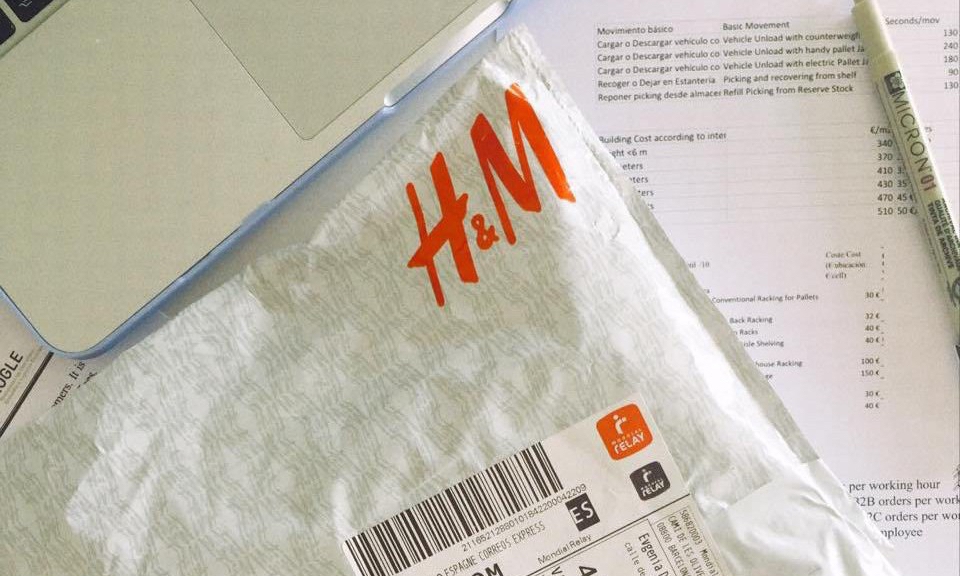
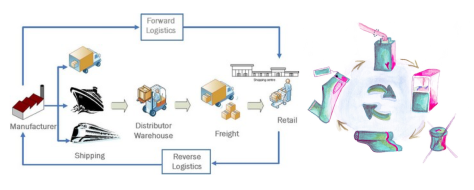

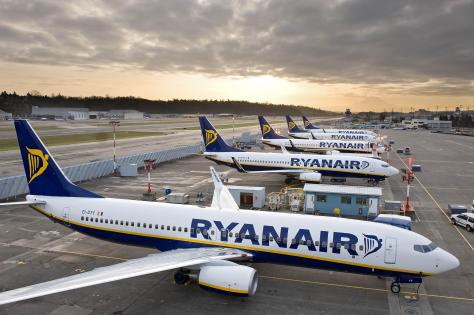
















 spect to consider is the storage of the products until the day of the event. The refreshments and foodstuffs, the gifts, running bib, etc … are stored without unpacking and are organized with the number of runners in mind. The boxes or packages in which the products are donated are taken advantage of, since these will be stored for a short time.
spect to consider is the storage of the products until the day of the event. The refreshments and foodstuffs, the gifts, running bib, etc … are stored without unpacking and are organized with the number of runners in mind. The boxes or packages in which the products are donated are taken advantage of, since these will be stored for a short time.

